superhornet59
TPF Noob!
Hey all, I don't want to create an uproar from all you HDR lovers out there, but seriously, what exactly is the point of using multiple exposures? The only thing I can imagine is lower noise in shadows.
See, if you shoot jpeg, you have an 8-bit-per-channel image x 3 (RGB) for a total of 24 bits.. now people will tell you 'Well that gives you 16 million colors, what more do you need?' well the problem is that you only get 256 brightness levels. In terms of tonal range (dynamic range) that sucks. Now, if you shoot RAW, and have a lower end SLR you have 12 bits per channel, or 4096 brightness levels (and 4 TRILLION colors!). If you've gone the extra mile and bought something high end, you're getting 14 bits per channel, or 16384 brightness levels (for a whopping 281 TRILLION colors!).
my point is, say you try and capture the shadows, the midtones, and the highlights with 3 jpegs, you have 256 brightness levels to work with. lets say you go with the best case scenario, where the images have ZERO overlap (the highlights cover all 256 of one photo and everything is flat black, the shadows cover all 256 of another and everything else is white, and you capture the midtones in between with the 3rd) you still only have 768 brightness levels.. that's not even a quarter of the brightness levels the single 12-bit RAW captured.
Details are changes in luminosity in each color channel channel. By using more bits per channel, you get a wider range, allowing you to capture more shadow detail and highlight detail.
That's why we see these 'HDR from one photo' images.. because there is so much data in that one single RAW photo. You might say combining 3 RAW files is 'even more' quality, but what kind of color space are you going to handle the final file in? All those extra tones just going to go to waste as there is no medium to view/print it on, so you have to compress in he end anyway.
The only problem with a single image HDR is noise in the shadows when they are brightened... but.. if you're in a situation where you need to use a high ISO (ie: moving subjects/camera), you probably don't have the luxury of taking multiple exposures anyway.
So my question, why does everyone still bother? Pop a photo into Photoshop RAW and play around with the exposure.. look how much you *really* have in the highlights and shadows that your MONITOR can't display all at once (that's when 'recover highlights' and 'fill shadows' comes into play, compressing the dynamic range into one that you can display/print).
Make the most of your camera's amazing sensor.. technology has come a long way and can capture all the detail you will ever really need (unless you are trying to photograph the surface of the sun and the stars around it at the same time.) Multi-exposure HDR should be a thing of the past... just a 'look what I can do in photoshop' novelty.
See, if you shoot jpeg, you have an 8-bit-per-channel image x 3 (RGB) for a total of 24 bits.. now people will tell you 'Well that gives you 16 million colors, what more do you need?' well the problem is that you only get 256 brightness levels. In terms of tonal range (dynamic range) that sucks. Now, if you shoot RAW, and have a lower end SLR you have 12 bits per channel, or 4096 brightness levels (and 4 TRILLION colors!). If you've gone the extra mile and bought something high end, you're getting 14 bits per channel, or 16384 brightness levels (for a whopping 281 TRILLION colors!).
my point is, say you try and capture the shadows, the midtones, and the highlights with 3 jpegs, you have 256 brightness levels to work with. lets say you go with the best case scenario, where the images have ZERO overlap (the highlights cover all 256 of one photo and everything is flat black, the shadows cover all 256 of another and everything else is white, and you capture the midtones in between with the 3rd) you still only have 768 brightness levels.. that's not even a quarter of the brightness levels the single 12-bit RAW captured.
Details are changes in luminosity in each color channel channel. By using more bits per channel, you get a wider range, allowing you to capture more shadow detail and highlight detail.
That's why we see these 'HDR from one photo' images.. because there is so much data in that one single RAW photo. You might say combining 3 RAW files is 'even more' quality, but what kind of color space are you going to handle the final file in? All those extra tones just going to go to waste as there is no medium to view/print it on, so you have to compress in he end anyway.
The only problem with a single image HDR is noise in the shadows when they are brightened... but.. if you're in a situation where you need to use a high ISO (ie: moving subjects/camera), you probably don't have the luxury of taking multiple exposures anyway.
So my question, why does everyone still bother? Pop a photo into Photoshop RAW and play around with the exposure.. look how much you *really* have in the highlights and shadows that your MONITOR can't display all at once (that's when 'recover highlights' and 'fill shadows' comes into play, compressing the dynamic range into one that you can display/print).
Make the most of your camera's amazing sensor.. technology has come a long way and can capture all the detail you will ever really need (unless you are trying to photograph the surface of the sun and the stars around it at the same time.) Multi-exposure HDR should be a thing of the past... just a 'look what I can do in photoshop' novelty.


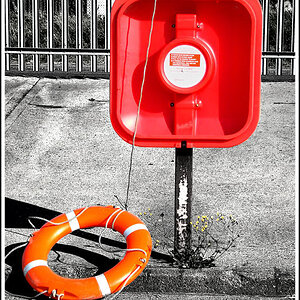

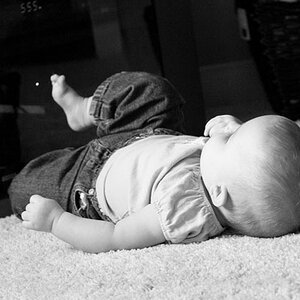
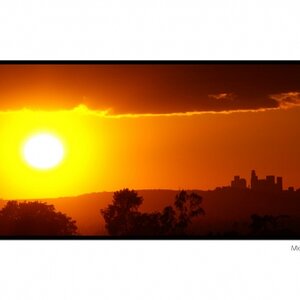


![[No title]](/data/xfmg/thumbnail/38/38261-db20f6f92ee8f0d4c5cf1536e308638b.jpg?1619738546)
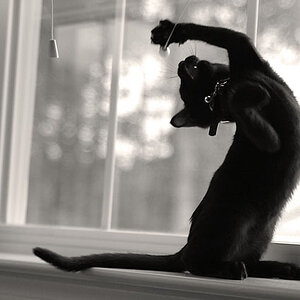
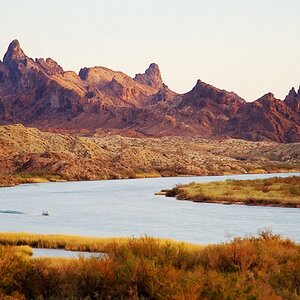

![[No title]](/data/xfmg/thumbnail/30/30888-e7fd3f6ad2e0d85268f086de6d796459.jpg?1619734499)
